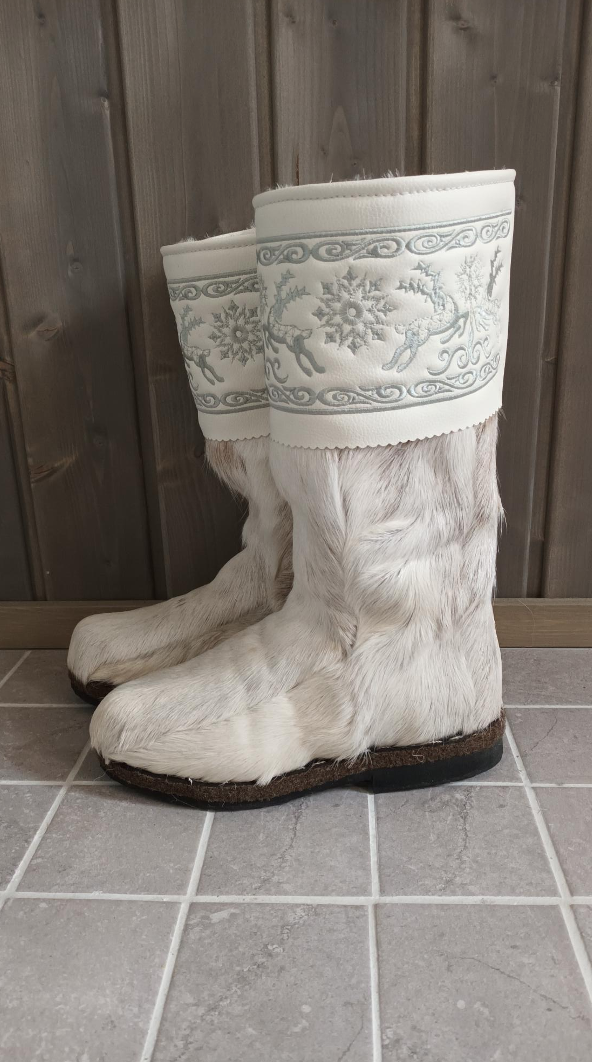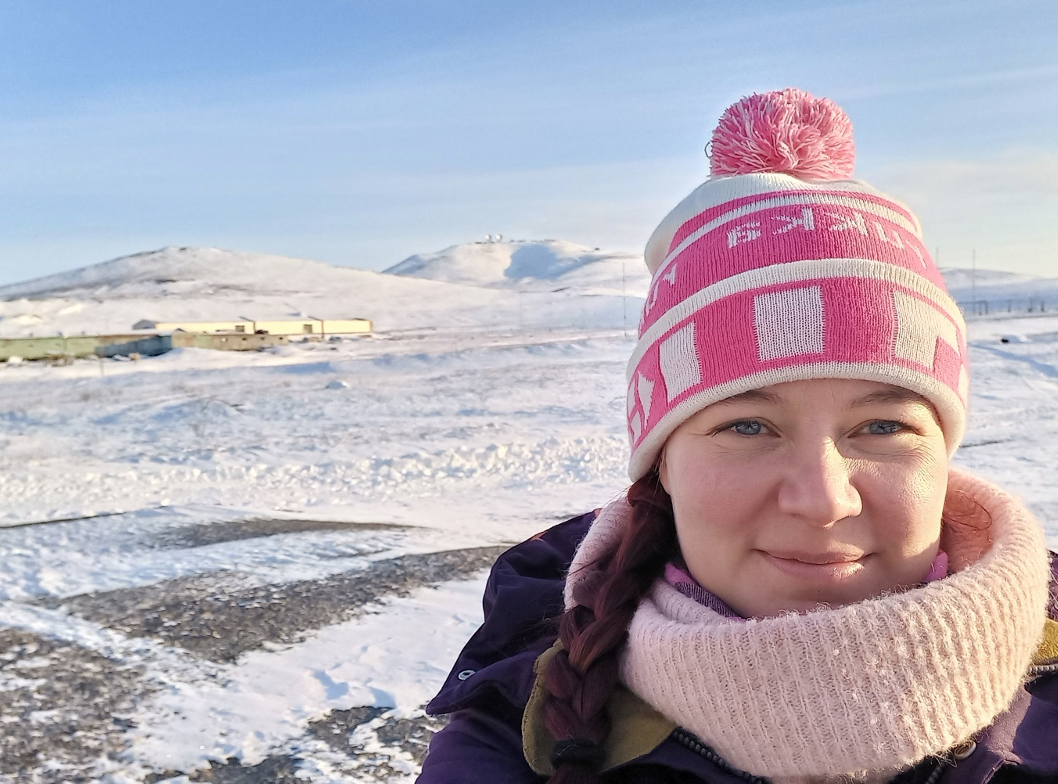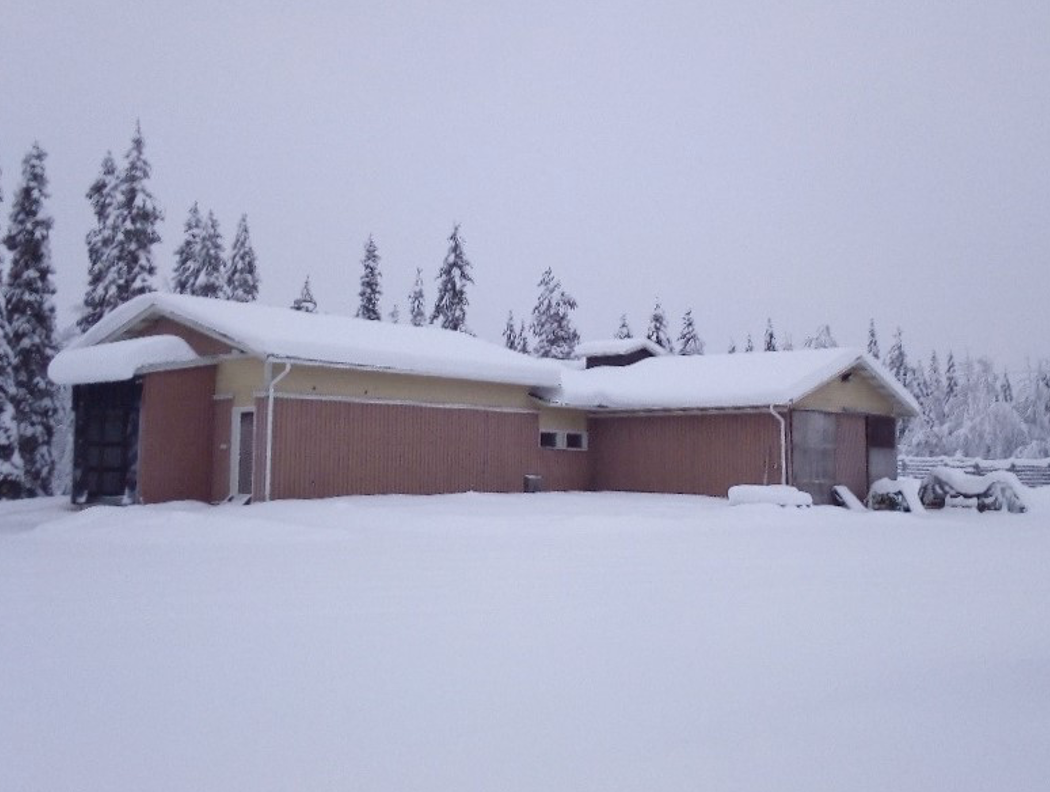By Karoliina Majuri (Reindeer herder; University of Applied Science of Lapland, Finland) and Dr Simo Sarkki (University of Oulu, Finland). Accepted by the MAGRISTAR Editorial Board, led by Prof Theo Lynn and Antonia Egli (Dublin City University, Ireland).
What do reindeer herders in Finnish Lapland and a shoe factory in Mongolia have in common? Karoliina Majuri, a reindeer herder from Ranua, Finland, in 2022 seized a window of opportunity and entered the reindeer leg skin business in partnership with Reindeer Boot, a Mongolian shoe factory. While challenges remain, the new business venture provides welcome additional income to herders that is also compatible with the traditional cultural practices of the reindeer herding livelihood.
What is reindeer herding and why is it interesting for Mongolian shoe makers?
Reindeer herding is a traditional nature-based activity in northern Europe, mainly carried out by the indigenous Sámi people. However, in Finland, ethnic local Finn communities also practice reindeer herding. Today, its profitability faces challenges due to increased land use, a surge in predators, and the impacts of climate change in the Finnish reindeer herding area, which encompasses the northern third of the country.
Approximately 5,000 km to the east, a Mongolian factory named Reindeer Boot produces fur boots and uses reindeer leg skins as an important raw material. However, Mongolia has an insufficient number of reindeer to meet the demand for these skins.

Boots made from reindeer leg skins are manufactured by the Mongolian Reindeer Boot company. Although most reindeer have grey-brown, black, or white fur, the company produces boots in a variety of colors.
Traditional Sámi fur shoes, known as Nutukkaat, are crafted from reindeer leg skins due to their durability. This resilience stems from the reindeers’ adaptation to snowy terrains, which strengthens their leg skins. Additionally, reindeer feet have evolved to minimise heat loss and prevent freezing in Arctic conditions.
However, in Finland, these fur shoes are typically made only for personal use by herders or as custom handicrafts for individual clients. For these shoes, the leg skins are sourced from reindeer processed outside of conventional slaughterhouses, while in regular slaughterhouses, most of the leg skin is discarded.
An emerging partnership between the Finnish North and Mongolia
In 2019, employees of Reindeer Boot chanced upon a tourism documentary and discovered that reindeer herding is practiced in Finland. The factory owners journeyed to Finnish Lapland and met with the herders from the Salla Reindeer Herding Cooperative. Subsequently, the Mongolian shoemakers began sourcing reindeer leg skins from the Salla reindeer slaughterhouse.
Practices to reuse the leftover leg skins of the Salla slaughterhouse were developed as part of a European Regional Development Fund project, the PoSiHIILI-Project. This practice of returning the leg skins to the value chain has become a standard procedure at the Salla reindeer slaughterhouse, without significant need for additional staffing.
In 2022, due to rising demand, Reindeer Boot sought more suppliers of reindeer leg skins. With the support of Salla Reindeer Herding Cooperative leadership and the University of Applied Sciences of Lapland’s “Pulley for Money” (Taljat Rahaksi) project, they were able to reach out to various slaughterhouses.
Introducing “Karoliina of Ranua,” newcomer to the reindeer leg skin business
Karoliina Majuri, a reindeer herder from Ranua, learned about the processes of the Salla reindeer slaughterhouse while working part-time at the University of Applied Science of Lapland. Seeing potential in the leg skin business, she decided to start her own venture in the Ranua slaughterhouse.

Karoliina Majuri, a reindeer herder in Piittisjärvi, Ranua, also raises a traditional Finnish cattle breed. In addition to reindeer herding, she works part-time in research and development at the University of Applied Sciences of Lapland.
Several challenges emerged. Firstly, the Ranua slaughterhouse was not as well-equipped as the one in Salla. Additionally, it served five different Reindeer Herding Cooperatives, meaning that many individuals had to adopt the new techniques for reusing leg skins. There was also reluctance to deviate from established slaughtering practices. Typically, workers in commonly owned slaughterhouses are reindeer herders. Because these herders are independent entrepreneurs, new practices cannot simply be imposed by slaughterhouse managers or directors, making it difficult to implement changes in slaughtering practices.

The Ranua reindeer slaughterhouse processes around 2,000-3,000 reindeer annually.
Karoliina recognizes the complexity of these issues. However, she remains committed to implementing new slaughtering practices in an effort to create new avenues for profit from reindeer by utilising what might otherwise be considered waste. Given the low profitability of reindeer herding in her region, Karoliina is keen to explore new business opportunities. Even though initial interest in the leg skin business was lukewarm amongst herders, she remains optimistic about its future potential.
Karoliina has since been instrumental in shaping the slaughtering model at the Ranua slaughterhouse, which differs from the one in Salla. This model addresses specific challenges identified in Ranua and is in anticipation of the partnership between Karoliina, other herders, and Reindeer Boot, set to commence in the slaughtering season of autumn 2023.
Reindeer herders employing these newly developed slaughtering methods take pride in ensuring that every part of the reindeer is used, thus minimizing waste. This approach, known as nose-to-tail utilization, means that a slaughtered animal is used to its fullest extent. The incorporation of leg skins also positions reindeer herding as a zero-waste practice aligned with circular economy principles.
Lessons learned for MARGISTAR: Escaping the periphery trap
One of the central objectives of the MARGISTAR COST Action is to understand how people in remote mountainous areas can break free from periphery traps. These traps encompass multiple simultaneous sustainability challenges in remote rural areas. Geographical isolation in these areas often leads to limited connectivity, creating obstacles and diminishing economic opportunities for their inhabitants.
The above case illustrates two strategies to overcome such periphery traps: (1) introducing innovation processes that align with the traditional livelihoods of a region, and (2) leveraging international markets and networks.
Some key insights from the case are worth highlighting:
- The global market economy may marginalise peripheral areas, but also provides unexpected opportunities for locally beneficial economic activities.
- It’s essential to recognize and capitalize on these opportunities when they arise.
- Not all opportunities will align with local traditions and cultures. However, when a chance to harness local cultural strengths in new ways appears, it’s wise to act on it.
- While innovations can present economic opportunities, they can also bring challenges. Persistence is crucial in addressing these challenges and integrating innovations into regional livelihoods.
Oftentimes, the success of innovations and their widestream adoption hinges on one or a few individuals. Thus, a vital role for policymakers is to support these early movers. For example, European regional projects can support and accelerate local innovations and their mainstreaming, aiding these areas in escaping their periphery traps.


